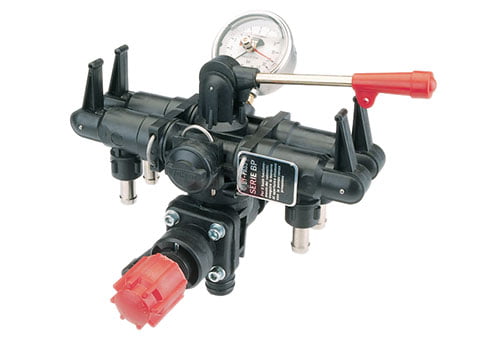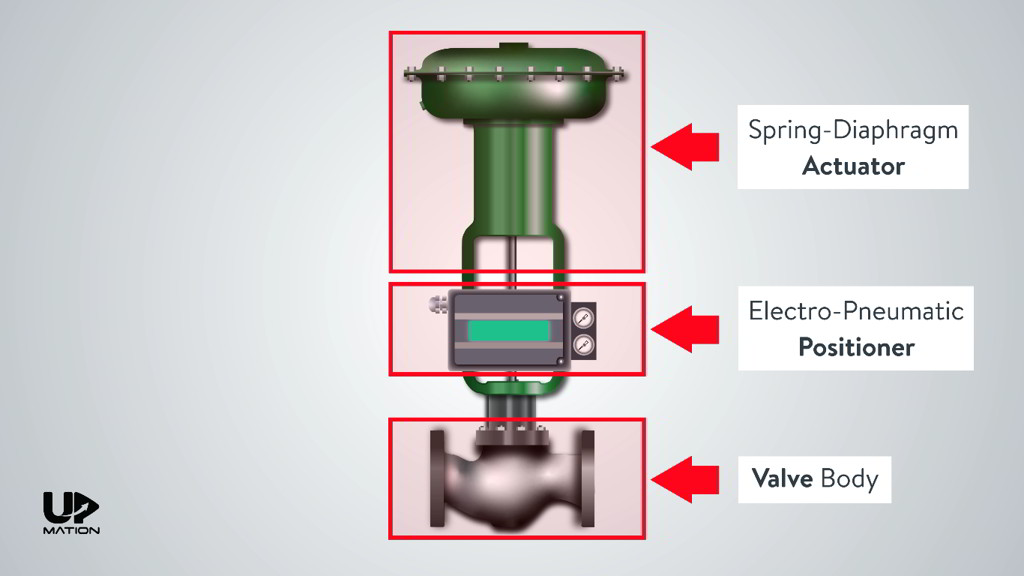Innovative Control Valves: Enhancing Accuracy and Integrity
Innovative Control Valves: Enhancing Accuracy and Integrity
Blog Article

Maximize Energy Cost Savings and Comfort With Advanced Structure Automation Controls
In the realm of modern architecture and center management, the combination of innovative building automation controls stands as an essential improvement. The convergence of modern technology and sustainability has actually birthed a new period where energy efficiency, convenience optimization, and functional streamlining are no longer achievable realities however remote ambitions. By utilizing the power of automation, structures can adapt, react, and progress in manner ins which were as soon as inconceivable. The possibility for significant power savings and boosted comfort is not simply a promise however an opportunity waiting to be satisfied. This standard shift in structure management holds the crucial to unlocking a globe where environmental conscientiousness and passenger well-being sympathetically coexist within the wall surfaces of our frameworks.
Energy Effectiveness Conveniences
Power effectiveness advantages can substantially minimize energy usage and operational costs in structures. Energy-efficient systems, such as innovative structure automation controls, can enhance the use of resources like illumination, heating, and cooling, leading to lower power expenses over time.
Moreover, enhanced power effectiveness can extend the life expectancy of building equipment and systems. By operating a lot more successfully, heating and cooling systems, lighting fixtures, and other structure parts experience less damage, leading to decreased upkeep and substitute costs. Furthermore, energy-efficient buildings usually command higher home worths and rental prices, providing lasting financial advantages to owners.
Moreover, energy performance can enhance owner comfort and performance. Correctly managed indoor settings with ideal lights and thermal problems develop an even more conducive and positive workspace, bring about improved worker satisfaction and performance. Generally, the power efficiency benefits related to advanced building automation controls are diverse, incorporating price savings, environmental stewardship, and passenger health.
Enhanced Convenience Control
Enhancing convenience control in building environments needs an innovative assimilation of advanced automation systems for optimum owner well-being. By using innovative building automation controls, centers can customize the indoor environment to satisfy the certain demands and choices of owners. These systems enable accurate guideline of ventilation, lighting, and temperature level, creating a efficient and comfortable atmosphere. Resident contentment and performance are closely linked to thermal convenience, making it important to have systems in location that can adjust to altering conditions in real-time.
Improved convenience control surpasses fundamental temperature changes. It includes features such as tailored settings, tenancy sensing units, and natural light application to produce a receptive and dynamic setting. By integrating these advanced controls, structures can not only enhance convenience however also improve energy efficiency by optimizing system procedures based upon actual occupancy and use patterns. Eventually, focusing on owner comfort with sophisticated automation systems causes a much more enjoyable and healthier indoor environment.
Functional Efficiency Improvements

Furthermore, the execution of real-time monitoring and link analytics devices enables building drivers to recognize energy inadequacies and operational anomalies without delay. By continuously monitoring energy usage patterns and system efficiency metrics, changes can be made in real-time to enhance power consumption and guarantee peak functional performance. control valves. Additionally, integrating demand feedback strategies into building automation controls can additionally boost functional efficiency by dynamically changing energy usage based upon grid problems and rates signals
Indoor Environment Optimization
Reliable interior climate optimization is a fundamental aspect of building automation controls, making sure owners' convenience and well-being while making best use of energy savings. By utilizing innovative sensing units and controls, constructing automation systems can continually adjust and monitor temperature, moisture degrees, air top quality, and air flow to produce an ideal indoor atmosphere. Maintaining consistent and comfortable problems not just boosts resident contentment but likewise improves performance and total health.
Interior climate optimization also plays a vital function in energy efficiency. By fine-tuning heating, ventilation, and air conditioning systems based upon real-time information and tenancy patterns, developing automation controls can substantially decrease power intake - control valves. Executing techniques such as demand-controlled ventilation and thermal zoning can assist reduce energy waste while making sure that each location of the structure receives the necessary conditioning.

Sustainable Atmosphere Creation
Structure automation controls not just enhance indoor climate problems for energy performance and passenger comfort but also lay the structure for creating a lasting setting through critical management of systems and resources. By integrating innovative structure automation innovations, such as sensing units, actuators, and intelligent software, facilities can readjust and check power use in real-time to decrease waste and decrease their carbon footprint. These systems allow anticipating upkeep, more information recognizing possible concerns before they rise and enhancing equipment efficiency to improve long life and efficiency.
Furthermore, lasting atmosphere development prolongs past power monitoring to encompass water conservation, waste reduction, and interior air top quality renovation. Structure automation controls can manage water use, find leakages, and make certain appropriate garbage disposal methods, adding to total sustainability initiatives. Furthermore, by checking and regulating ventilation and purification systems, these innovations enhance occupant wellness and productivity while lowering power intake associated with cooling and heating procedures.
Final Thought
To conclude, progressed building automation controls offer considerable advantages in terms of power cost savings, comfort control, functional efficiency, interior climate optimization, and developing a sustainable environment. By implementing these controls, buildings can attain optimum efficiency while minimizing energy consumption and boosting resident convenience. It appears that using innovative automation technology is vital in boosting structure efficiency and producing a much more sustainable future.
Power effectiveness advantages can significantly decrease power usage and operational costs in buildings. Overall, the energy performance advantages associated with sophisticated building automation controls are complex, including cost financial savings, go to my blog ecological stewardship, and owner wellness.
Additionally, including need action approaches into building automation controls can even more enhance functional effectiveness by dynamically changing energy use based on grid problems and pricing signals.
Building automation manages not just maximize indoor environment conditions for power performance and resident comfort yet also lay the foundation for developing a sustainable atmosphere with critical monitoring of systems and resources.In verdict, advanced structure automation manages offer considerable advantages in terms of power cost savings, comfort control, functional effectiveness, interior environment optimization, and producing a lasting environment.
Report this page